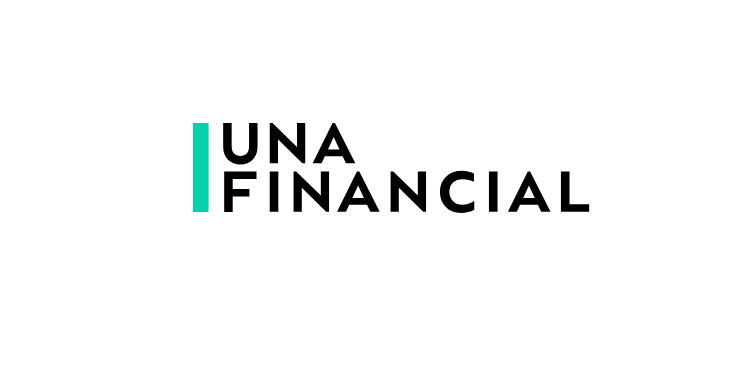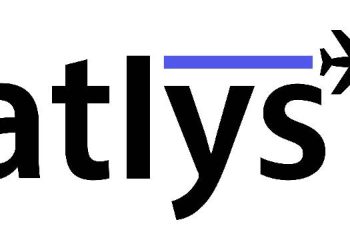While the pandemic has slowed down the development of neobanks in 2020, it has created strong potential for the segment. Analysts of UnaFinancial revealed that in 2021 the neobanking market will grow by 24% in APAC, and by 50% – in Southeast Asia.
One of the factors contributing to this emerging growth is the delayed entry of new players last year. In January 2020, 21 companies applied for digital banking licenses in Singapore, and 4 companies did so in Malaysia. However, the pandemic disrupted these plans: in Singapore, only 4 licenses were issued, and in Malaysia, the licensing process was completely suspended and moved to 2021. However, by the end of 2020, 5 neobanks had already entered the South- and Southeast Asian markets, with at least 10 companies following them in 2021. This marks the resumption of the neobanks development in the foreseeable future.
The demand for online banking services among the population has also contributed to the growth of neobanking. Despite the general cautiousness, online banking saw a rise in popularity due to lockdown restrictions and remote work. Thus, according to the data from the UnaFinancial survey, in India, 64% of respondents would prefer an online service when taking a loan in 2021, and 46% would choose a bank among other sources of borrowings.

Following a steady upward trend, funding of neobanks in APAC countries in 2020 increased by 22.8% compared to 2019. Based on this, UnaFinancial has been able to estimate the growth of neobanks funding in 2021. Thus, the market is expected to grow by 24% in APAC, and by 50% in Southeast Asia. In SEA, the development of the segment will be led by Indonesia, Singapore, Malaysia and the Philippines, while in South Asia the leading country will be India.

















